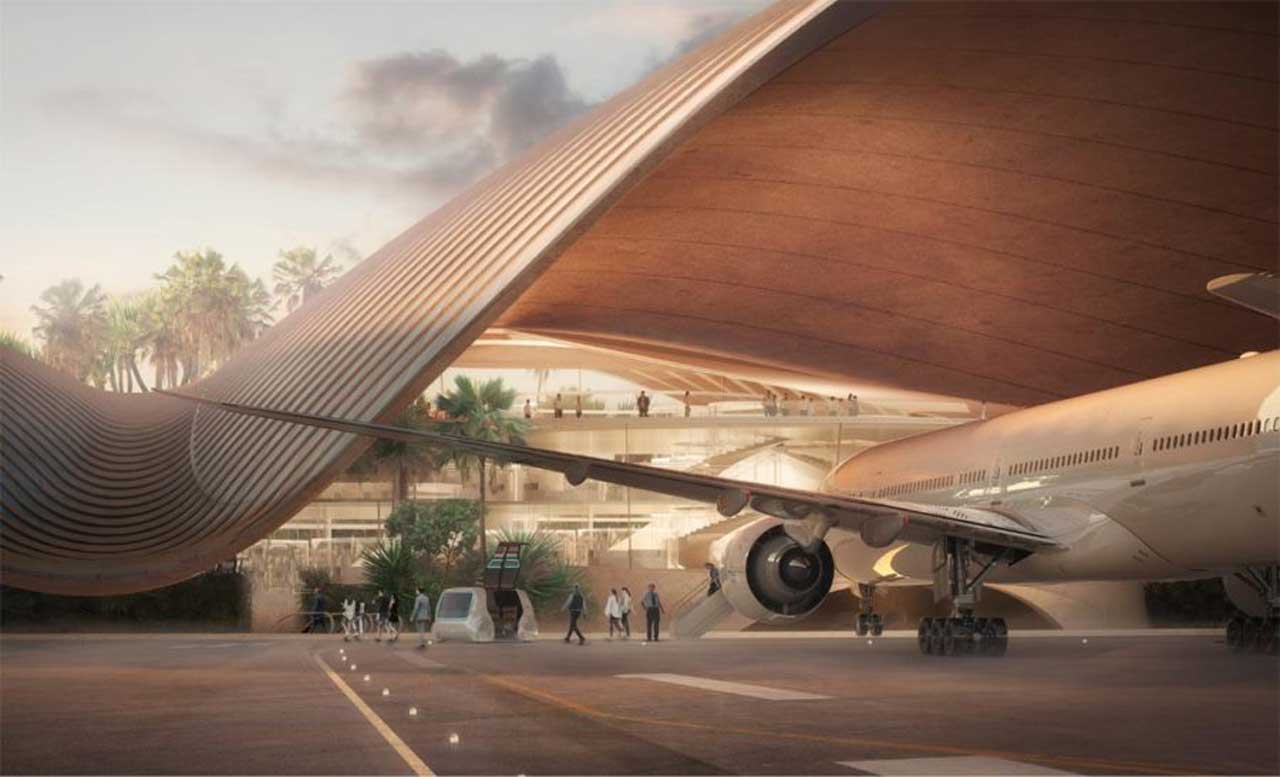Saudi Arabia has announced ambitious plans to build a giant new airport in Riyadh that will cover a vast area of 57 square kilometers, have six parallel runways, and be able to handle 185 million passengers a year.
The multibillion-dollar project, which will take nearly three decades to complete, was officially launched Sunday by Saudi Crown Prince Mohammed bin Salman, who seeks to modernize and transform the conservative Muslim kingdom.
The airport will be the hub for a new Saudi airline, expected to be called RIA (Riyadh International Airlines), an international carrier that aims to turn Saudi Arabia into a major tourist destination.
RIA aims to replicate the success of its “neighbors”, primarily Emirates and Qatar Airways, focusing on transfer passengers traveling from West to East and vice versa, using the Middle East region as a convenient transfer point.
Like Riyadh’s new airline, the city’s new King Salman International Airport will be funded by Saudi Arabia’s sovereign wealth fund. The master plan states that its goal is to “stimulate transport, trade, and tourism and act as a bridge connecting East to West.”
The airport will operate on renewable energy sources, and in terms of economic indicators, it should be among the ten most significant in the world.
Over the next eight years, the airport will be greatly expanded to serve 120 million passengers annually, and by 2050 this figure should grow to a staggering 185 million passengers a year.
The airport will be built on the site of Riyadh’s existing King Khalid International Airport and will use the existing terminal buildings, although passenger traffic will be split between local and Western travelers.
By comparison, Dubai International Airport (DXB) handled 89 million passengers in 2018 while operating at nearly full capacity. The planned replacement for DXB, Dubai World Central, a larger airport 40 kilometers southwest of downtown Dubai, is designed to handle 250 million passengers a year. True, work on this project was suspended indefinitely.
The current busiest airport in the world, Atlanta Hartsfield, handled about 110 million passengers in 2019, including US domestic flights, while King Salman International Airport will focus on long-haul international air travel.
Details of the new airport have not been disclosed. Still, the Saudi Arabian Public Investment Fund says that the design of the airport will take into account the culture of Saudi Arabia, and sustainability will be built into the airport’s foundation.

